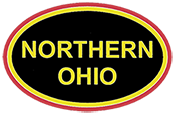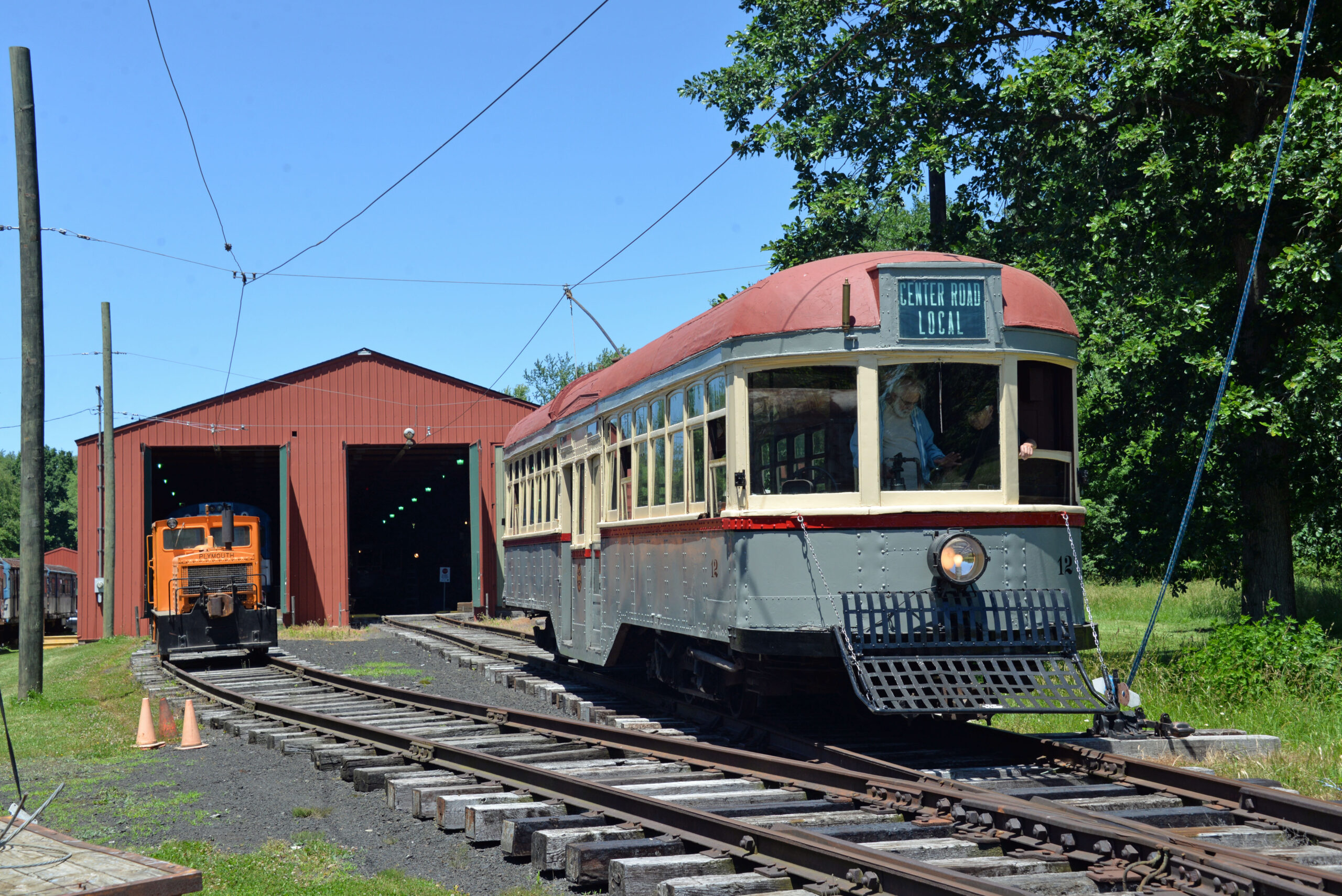History of the Museum The Museum can trace its roots back to 1965 when three rail enthusiast friends, Anson ‘Red’ Bennett, Lee Smith and Walt Stoner, wanted to acquire and restore a caboose. But instead of a caboose, these trolley loving fans acquired an interurban carbody. From this simple beginning the Northern Ohio Railway Museum (N.O.R.M.) was born. In 1976 the Museum was incorporated as a not for profit Ohio corporation.
In June 1977 the fledgling Museum purchased two miles of former Cleveland, Southwestern and Columbus Railway right-of-way south of Chippewa Lake, in Westfield Township, Ohio. This branch of the interurban was abandoned in 1930. In the heyday of the Interurban, the Chippewa Lake amusement park had been a major stop on the line.
Over the next few years an assortment of interurban cars, trolleys and other equipment started to arrive from various temporary storage locations all over northeastern Ohio. From this simple beginning our collection has grown to over fifty pieces of rail equipment including streetcars, interurbans, work equipment, rapid transit cars and other railroad equipment from the trolley era.
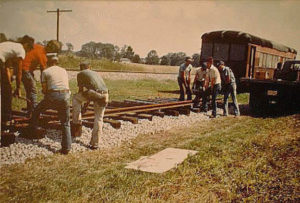
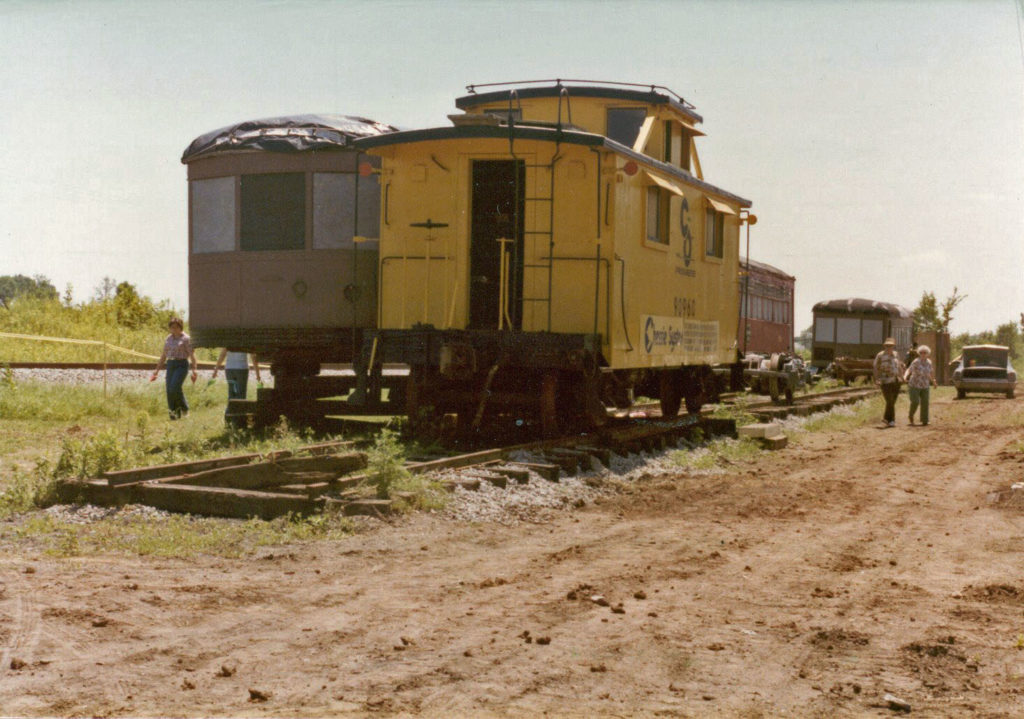
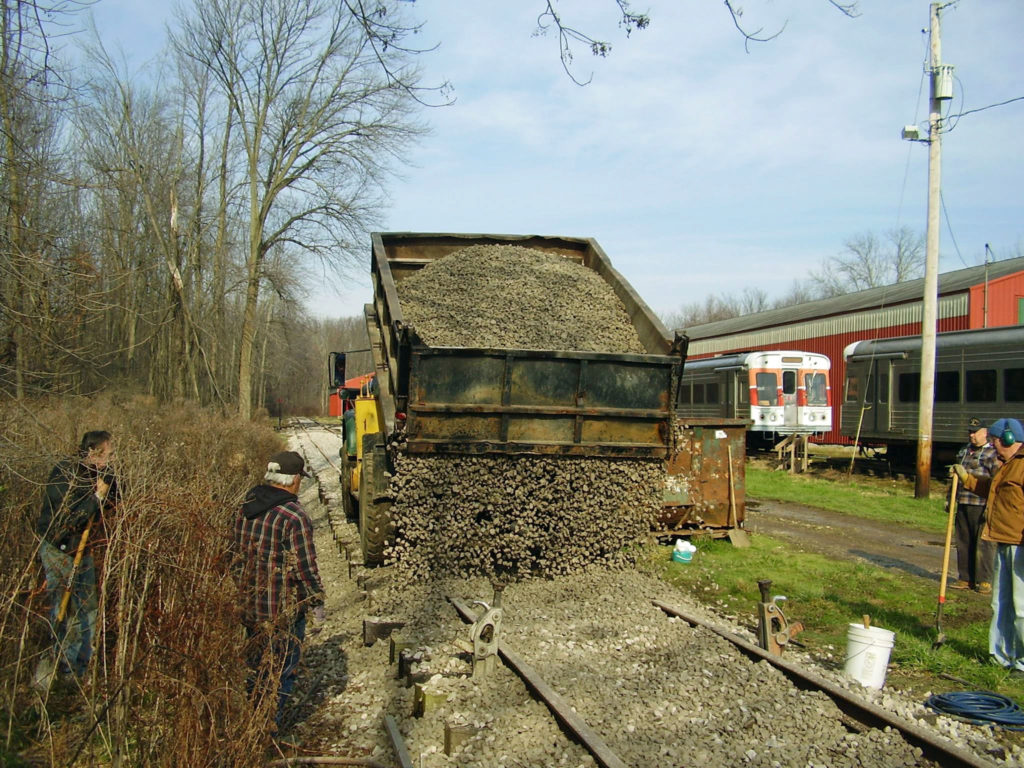
In the early 1980’s, the Museum began searching for land adjacent to the right of way to construct a Museum campus. In 1984 a parcel of land meeting the Museum’s needs became available. This approximately 30 acres parcel was purchased on Buffham Road adjacent to the right-of-way. At that time, a master plan was developed. This master plan laid out the property into public and working areas. The public areas would allow Museum visitors free flow in that zone. The working areas included display carbarns, repair shops and other facilities that for safety and security reasons need tighter access restrictions. Over the years that master plan has been followed with only very minor deviations.
In 1997 the Museum erected its first Carhouse, the Anson W. Bennett Carhouse honoring the senior founding member of the Museum. This 180 by 52 foot structure has three through tracks and is designed to hold 9 cars. Additional space in this building is allocated to support car restoration and maintenance work to be performed.
In 2000 a second building named for Museum benefactor Rowen S. Prunkard was erected on the Museum Campus. This 36 by 72 foot structure was not for rail cars, but the Museums growing fleet of rubber-tired maintenance equipment including trucks, backhoe, skidloader, and lawn care equipment. It also has one track min it for the benefit of rail mounted work equipment with internal combustion engines like the diesel locomotive switcher, Trackmobile and ballast tamper.

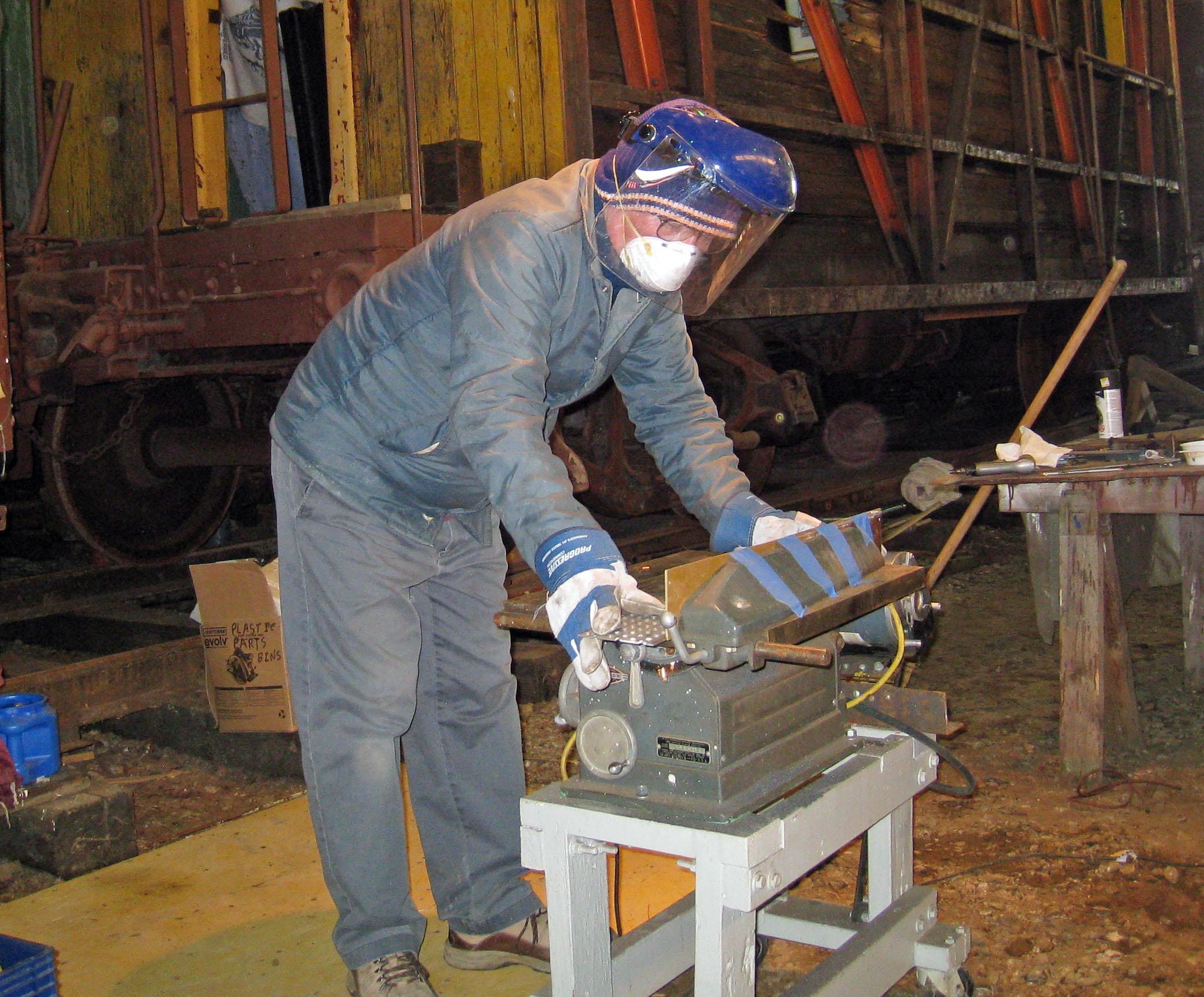
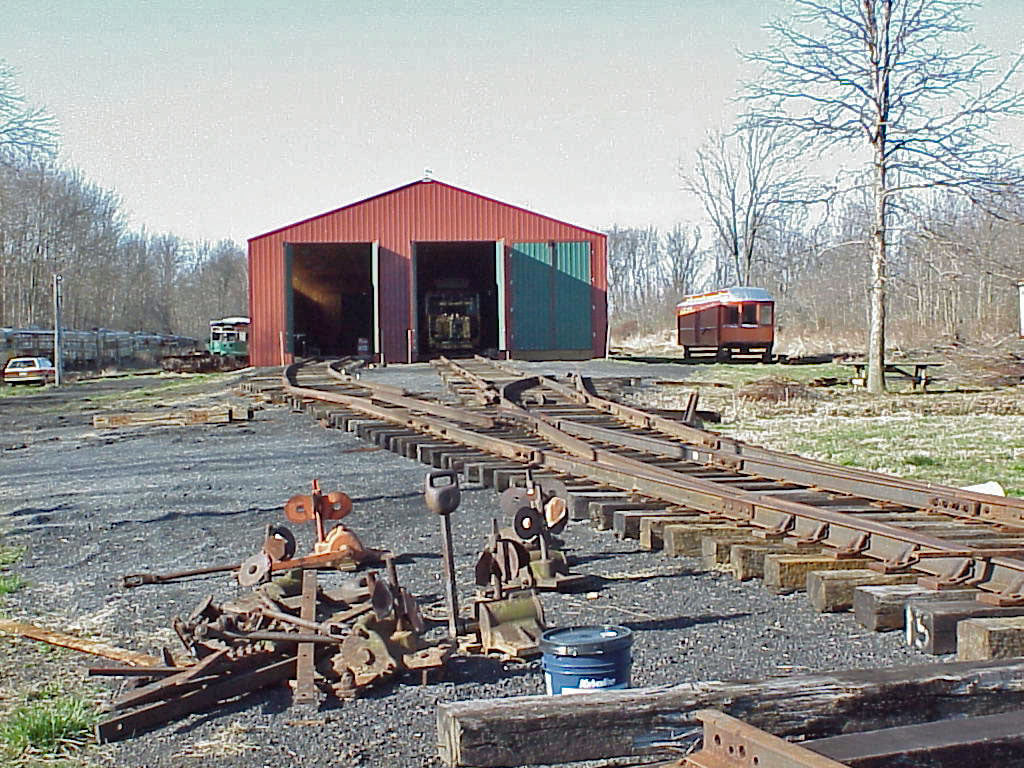
In 2003 another 52 by 180 foot Carhouse was erected named for Museum benefactor John R. McCarthy. This 9 car capacity building stores cars waiting their turns for restoration to keep them dry and protected from the weather. In this building extra space is used for the storage of parts to support ongoing and future restorations.
In 2013 an additional 8.5 acres of land was purchased directly north of the existing Museum campus. Museum property now stretched between Buffham and Kennard roads. More importantly, it gave museum frontage on a road with nearby three phase electrical power. Three phase power would be needed to power an electrical substation to power the electric railway. The total Museum campus was now approximately 40 acres of property plus the 2-mile-long former Southwestern Interurban right of way.
Museum volunteers have incrementally been building track and more recently the overhead trolley wire. While not as exciting as erecting structures or buying land, building a place to operate trolleys has been core to the Museum’s mission. Going along with the infrastructure improvements, volunteers have been restoring cars to operate on that growing trolley line. To date four cars have been restored to operate off the overhead. Additional cars are in the shop being prepared to return to operating condition.
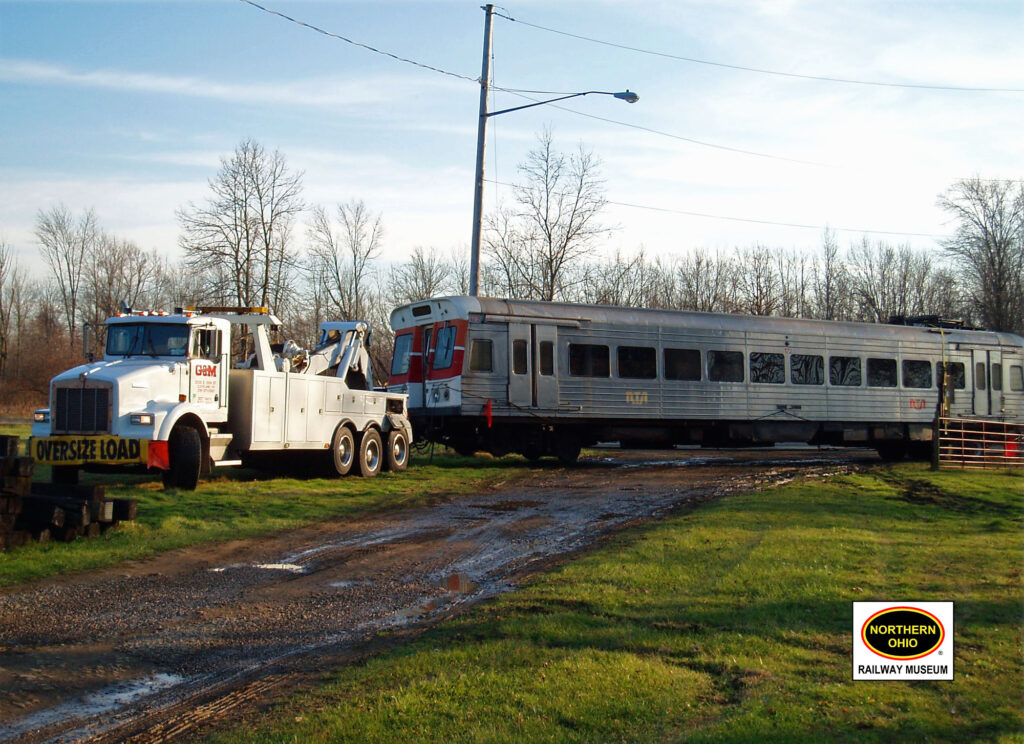
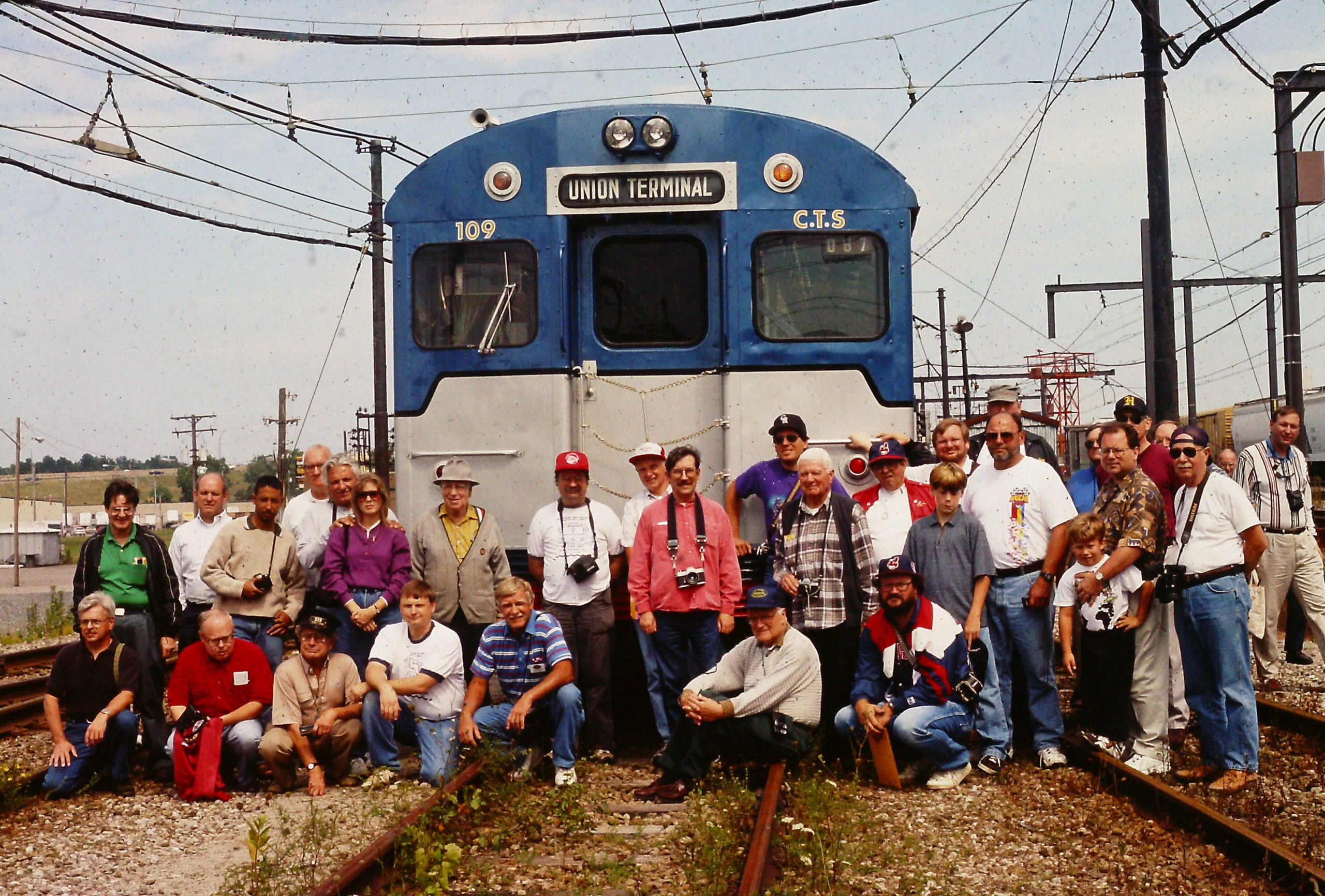
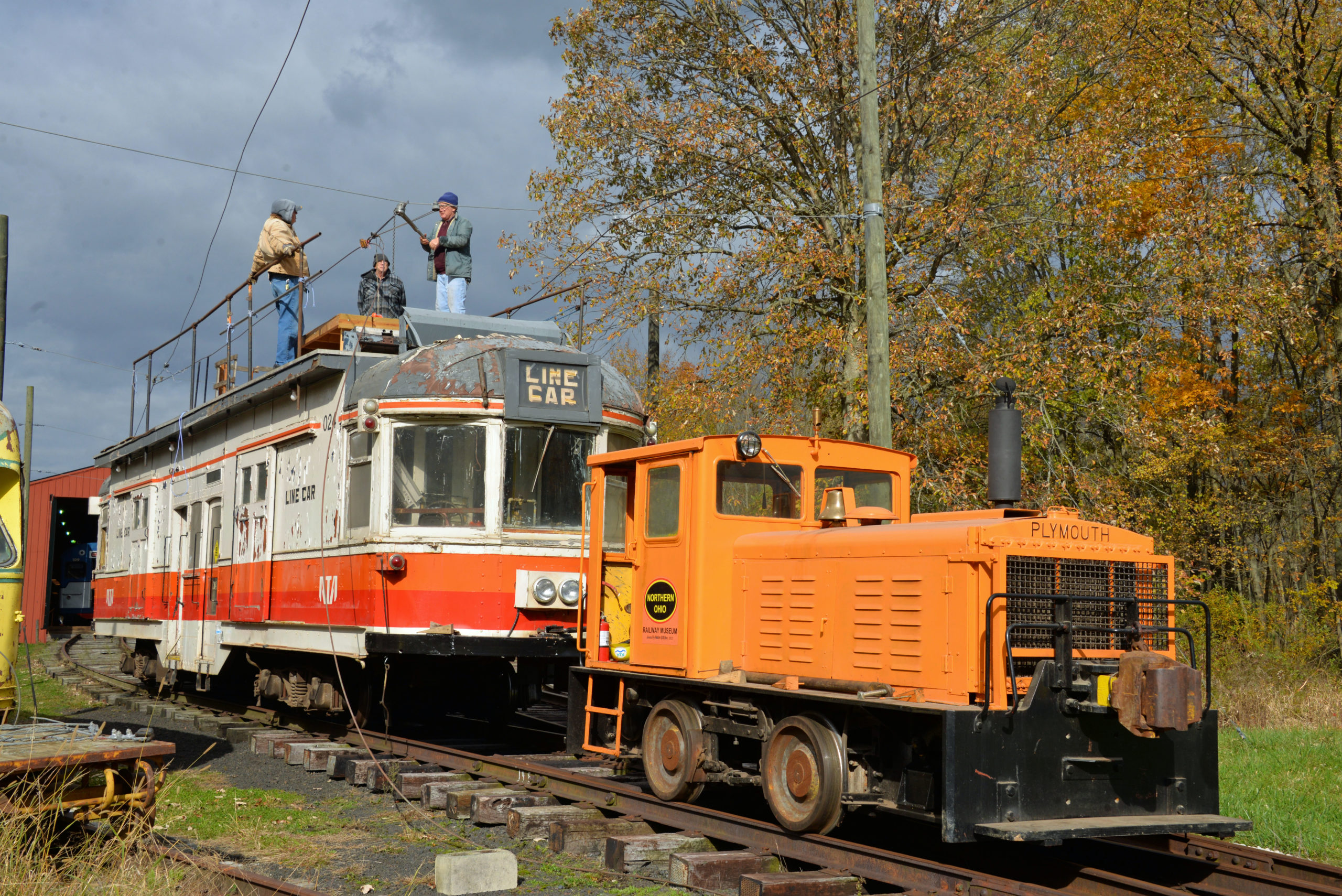
June 10th, 2017 was a momentous day in the Museums history. On that day the Museum ran Shaker Heights Rapid Transit car 12 off of the overhead wire. Multiple trips were made throughout the day giving trolley rides to the general public. This was decades of work coming together to allow the Museum to fulfill one of its long-time goals to operate trolleys for the education and entertainment of the public.
In 2018 an additional 15 acres of land adjacent to the Museum right of way came available. This parcel is separated from the main museum campus by Kennard road will become a special events site. It not only gives us a place to build a generous turning loop, but a picnic ground and recreational area, all accessible only by trolley. The Museum had grown to 63 acres of land including the Southwestern right of way, main Museum campus and future special events site.
In 2019 the gas generator that previously powered the overhead lines was relegated to standby status and the 20th Century Electric Railway Foundation Substation was put in service. This facility, named for the foundation that provided the bulk of the funding for the project, moves the Museum forward exponentially on its development quest. The reliable substation capable of powering any car in the Museum’s collection, converts local utility power to the 600 volts DC needed to operate the trolleys.
In 2020 the museum, like the rest of the world, put everything on hold due to the Covid-19 Pandemic. For the first time in the history of the Museum, it was closed to the public. The Museum reopened in 2021.
In 2023 another car, Cleveland Transit System 109, joined the operating passenger fleet. This is a high platform rapid transit car. In 2024 a wheelchair lift arrived at the Museum and allowed access to Car 109 for people with mobility issues. This was an important milestone for the Museum to fulfill. We have always wanted our rides to be accessible to everyone.
The future is bright for the Museum, so we invite you out to visit us and learn all the possibilities that await us. See you on the Trolley.
